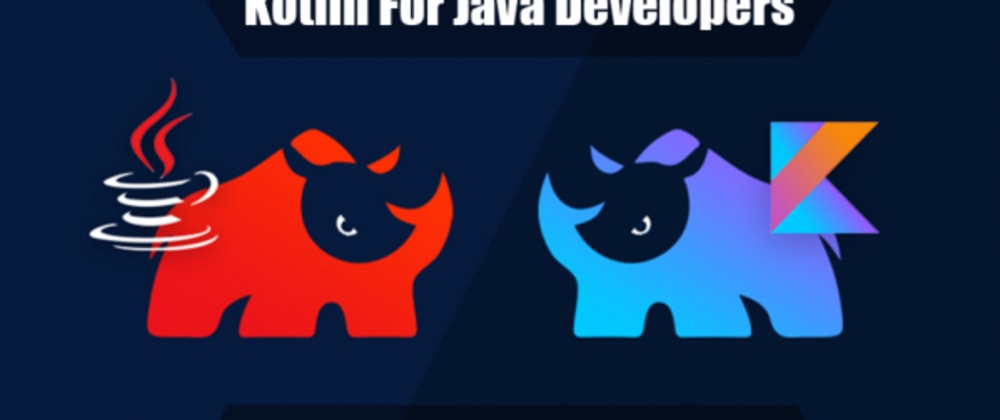
safe-call operator and !! non-null assertion operator. How to access methods and properties of nullable variables with the ?.What null safety is, its importance, and how Kotlin achieves null safety.The difference between nullable and non-nullable types.Familiarity with Kotlin conditionals, including if/else statements and Boolean expressions.Knowledge of Kotlin programming basics, including variables, accessing methods and properties from a variable and the println() and main() functions.In Kotlin, nullability is intentionally treated to achieve null safety. It refers to the ability of variables to have an absence of value. Nullability is a concept commonly found in many programming languages. I think it is worth giving Kotlin a try if only to expand your programming horizons.This codelab teaches you about nullability and the importance of null safety. I hope reading this article will help you leverage your Optional experience to quickly learn Kotlin's null safety features. In our case, we also need to use the safe call operator to skip the calculation for null values: val lengthKotlin: Int? = kotlinNullable?.let Kotlin provides the built-in method let, which we can invoke on any object. If the transformation cannot be performed by a simple method call, then Optional’s map method is happy to take a lambda as well. Val lengthJava: Optional = javaNullable.map(String::length) To do the same in Kotlin, we can use safe call operator (?.) as demonstrated below: val lengthKotlin: Int? = kotlinNullable?.length To transform the value inside Optional using the inner value’s method we can apply a method reference to map. Map Using The Method of The Inner Value’s Type

Val javaNullable: Optional = Optional.ofNullable("Java way, can be null as well”) The code below shows both approaches: val kotlinNullable: String? = "Kotlin way, this can be null" In Kotlin, there is no additional overhead. Optional usage requires creating a new object for the wrapper every time some value is wrapped or transformed to another type - with the exclusion of when the Optional is empty (singleton empty Optional is used). The code in the examples is written in Kotlin because the language has all the JDK classes available. In this article, I will try to map methods of Java’s Optional to Kotlin’s similar, scattered language features and built-in functions.


 0 kommentar(er)
0 kommentar(er)
